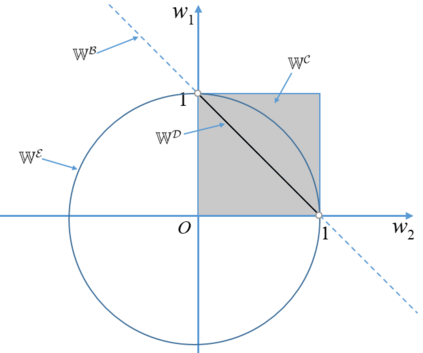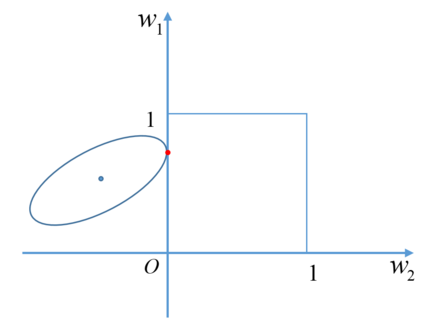Forecast combination and model averaging have become popular tools in forecasting and prediction, both of which combine a set of candidate estimates with certain weights and are often shown to outperform single estimates. A data-driven method to determine combination/averaging weights typically optimizes a criterion under certain weight constraints. While a large number of studies have been devoted to developing and comparing various weight choice criteria, the role of weight constraints on the properties of combination forecasts is relatively less understood, and the use of various constraints in practice is also rather arbitrary. In this study, we summarize prevalent weight constraints used in the literature, and theoretically and numerically compare how they influence the properties of the combined forecast. Our findings not only provide a comprehensive understanding on the role of various weight constraints but also practical guidance for empirical researchers how to choose relevant constraints based on prior information and targets.
翻译:暂无翻译









